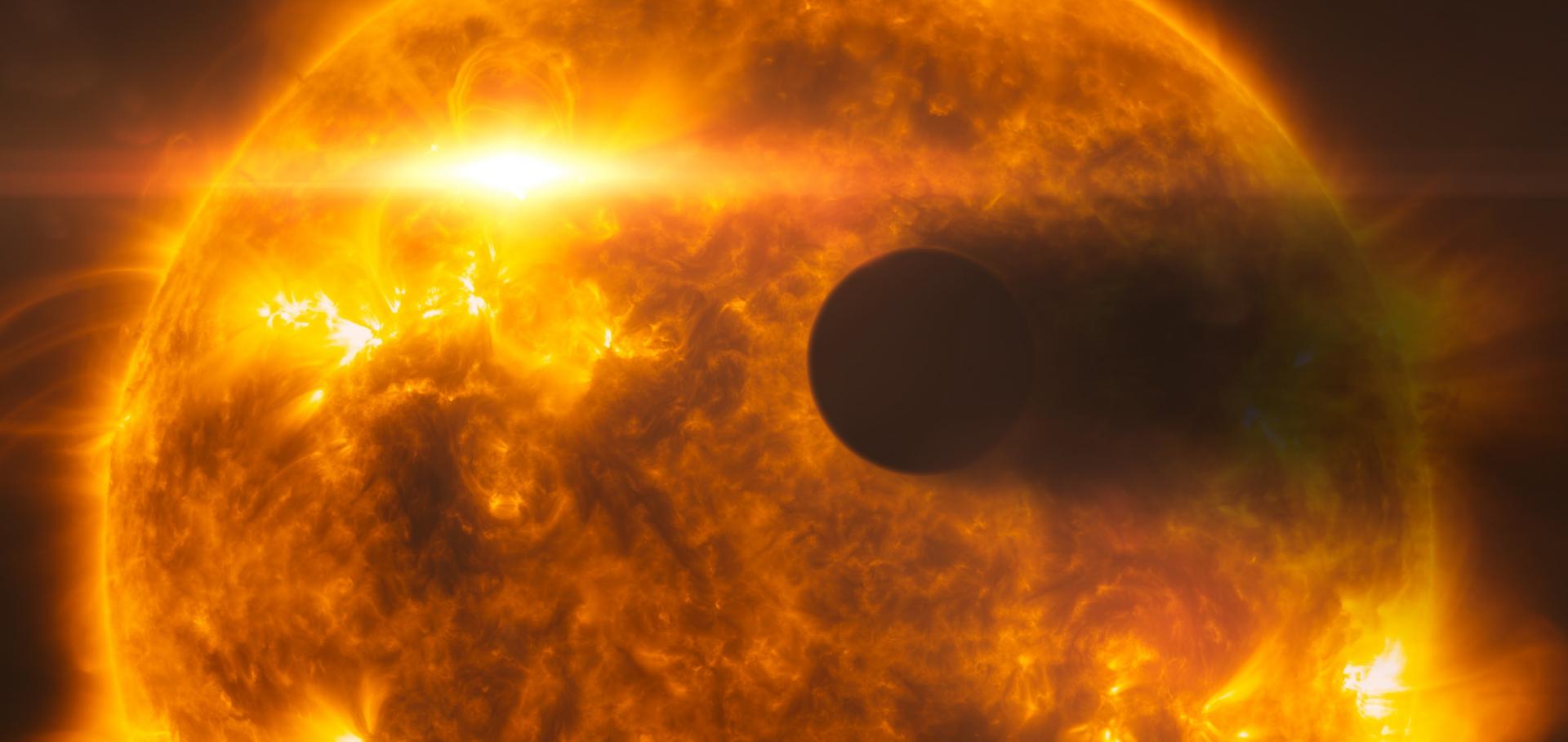Comparative blind test of five planetary transit detection algorithms on realistic synthetic light curves
Astronomy and Astrophysics 437:1 (2005) 355-368
Abstract:
Because photometric surveys of exoplanet transits are very promising sources of future discoveries, many algorithms are being developed to detect transit signals in stellar light curves. This paper compares such algorithms for the next generation of space-based transit detection surveys like CoRoT, Kepler, and Eddington, Five independent analyses of a thousand synthetic light curves are presented. The light curves were produced with an end-to-end instrument simulator and include stellar microvariability and a varied sample of stellar and planetary transits diluted within a much larger set of light curves. The results show that different algorithms perform quite differently, with varying degrees of success in detecting real transits and avoiding false positives. We also find that the detection algorithm alone does not make all the difference, as the way the light curves are filtered and detrended beforehand also has a strong impact on the detection limit and on the false alarm rate. The microvariability of sun-like stars is a limiting factor only in extreme cases, when the fluctuation amplitudes are large and the star is faint. In the majority of cases it does not prevent detection of planetary transits. The most sensitive analysis is performed with periodic box-shaped detection filters. False positives are method-dependent, which should allow reduction of their detection rate in real surveys. Background eclipsing binaries are wrongly identified as planetary transits in most cases, a result which confirms that contamination by background stars is the main limiting factor. With parameters simulating the CoRoT mission, our detection test indicates that the smallest detectable planet radius is on the order of 2 Earth radii for a 10-day orbital period planet around a KO dwarf. © ESO 2005.Planetary transits and stellar variability
(2005)
Practical planet prospecting
Monthly Notices of the Royal Astronomical Society 350:1 (2004) 331-345
Abstract:
A number of space missions dedicated to the search for exoplanets via the transit method, such as COROT, Eddington and Kepler, are planned for launch over the next few years. They will need to address problems associated with the automated and efficient detection of planetary transits in light curves affected by a variety of noise sources, including stellar variability. To maximize the scientific return of these missions, it is important to develop and test appropriate algorithms in advance of their launch dates. Starting from a general-purpose maximum-likelihood approach we discuss the links between a variety of period- and transit-finding methods. The natural endpoint of this hierarchy of methods is shown to be a fast, robust and statistically efficient least-squares algorithm based on box-shaped transits. This approach is predicated on the assumption of periodic transits hidden in random noise, usually assumed to be superposed on a flat continuum with regular continuous sampling. We next show how to generalize the transit-finding method to the more realistic scenario where complex stellar (micro) variability, irregular sampling and long gaps in the data are all present. Tests of this methodology on simulated Eddington light curves, including realistic stellar microvariability, irregular sampling and gaps in the data record, are used to quantify the performance. Visually, these systematic effects can completely overwhelm the underlying signal of interest. However, in the case where transit durations are short compared to the dominant time-scales for stellar variability and data record segments, it is possible to decouple the transit signal from the remainder. We conclude that even with realistic contamination from stellar variability, irregular sampling, and gaps in the data record, it is still possible to detect transiting planets with an efficiency close to the idealized theoretical bound. In particular, space missions have the potential to approach the regime of detecting Earth-like planets around G2V-type stars.Characterising stellar micro-variability for planetary transit searches
Astronomy and Astrophysics 414:3 (2004) 1139-1152


